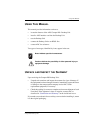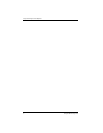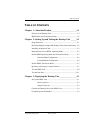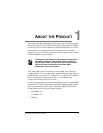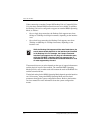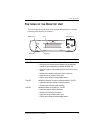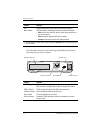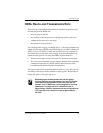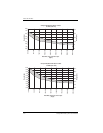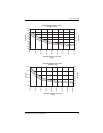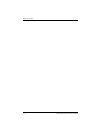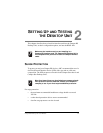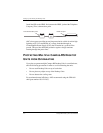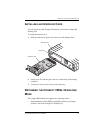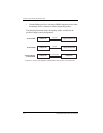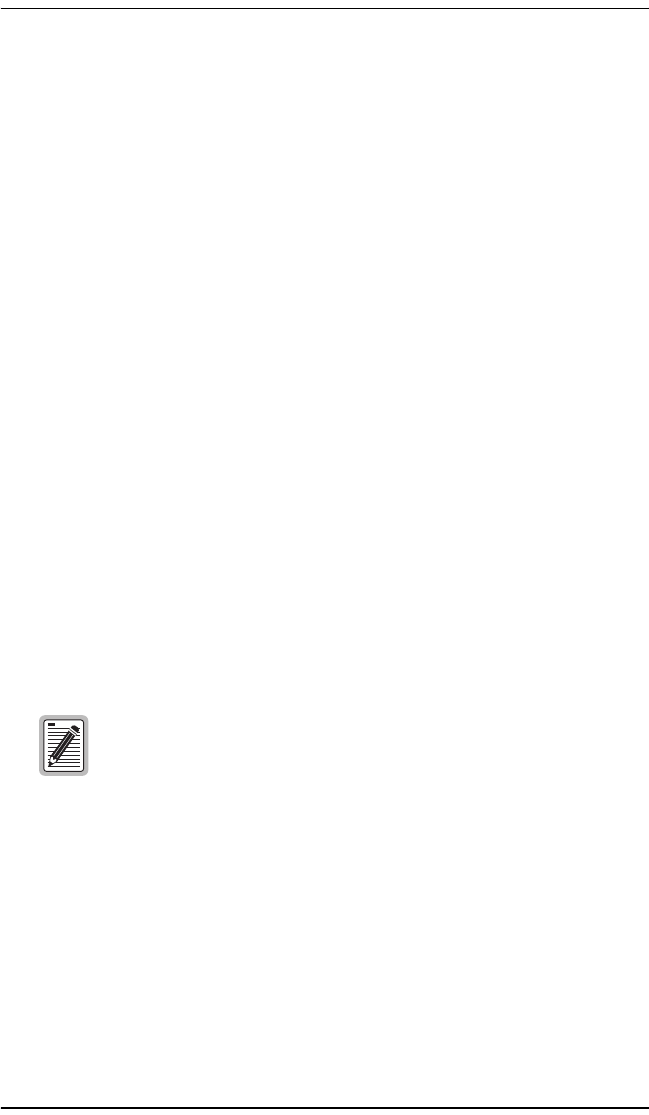
About the Product
Campus-RS Desktop Unit User Manual 1-5
HDSL REACH AND TRANSMISSION RATE
There are four components that determine the maximum transmission rate
and loop length of the HDSL line:
• the wire gauge of the line
• the condition of the line (presence of bridge taps, splices, and so on)
• whether the line uses one or two loops
• the amount of noise on the line
The following charts on page 1-6 through page 1-7 show the maximum loop
length over the range of HDSL transmission rates for 26 AWG (.40 mm), 24
AWG (.51 mm), 22 AWG (.61 mm), and 19 AWG (.91 mm), respectively.
The shaded area on each chart shows a range of expected maximum loop
lengths that will provide a bit error rate (BER) of greater than 5E
-8
:
• The best case (longest reach) is measured in a noiseless environment.
• The worst case is measured using an industry-standard noise model that
simulates the cable pair in a bundle with 49 other cable pairs each
transmitting with similar frequency characteristics.
The actual reach will fall somewhere between these two cases, and will vary
according to such factors as the condition of the loop pairs, the presence of
bridge taps, splices, line noise, and so on.
Depending upon the desired data rate and wire gauge,
two-loop operation provides between 12% and 47% greater
reach than one loop operation at the same data rate. For
example, for a 24 AWG loop, a unit configured for two-loop
operation at 1152 kbps will have a maximum reach of
approximately 4.6 miles, whereas a one-loop configuration at
1152 kbps will have a maximum reach of approximately
3.0 miles.



